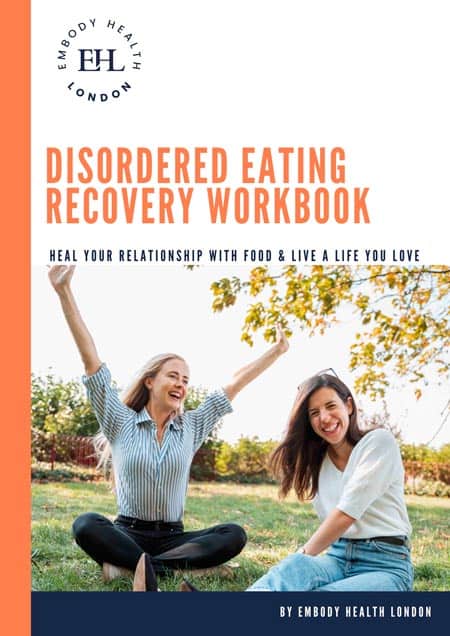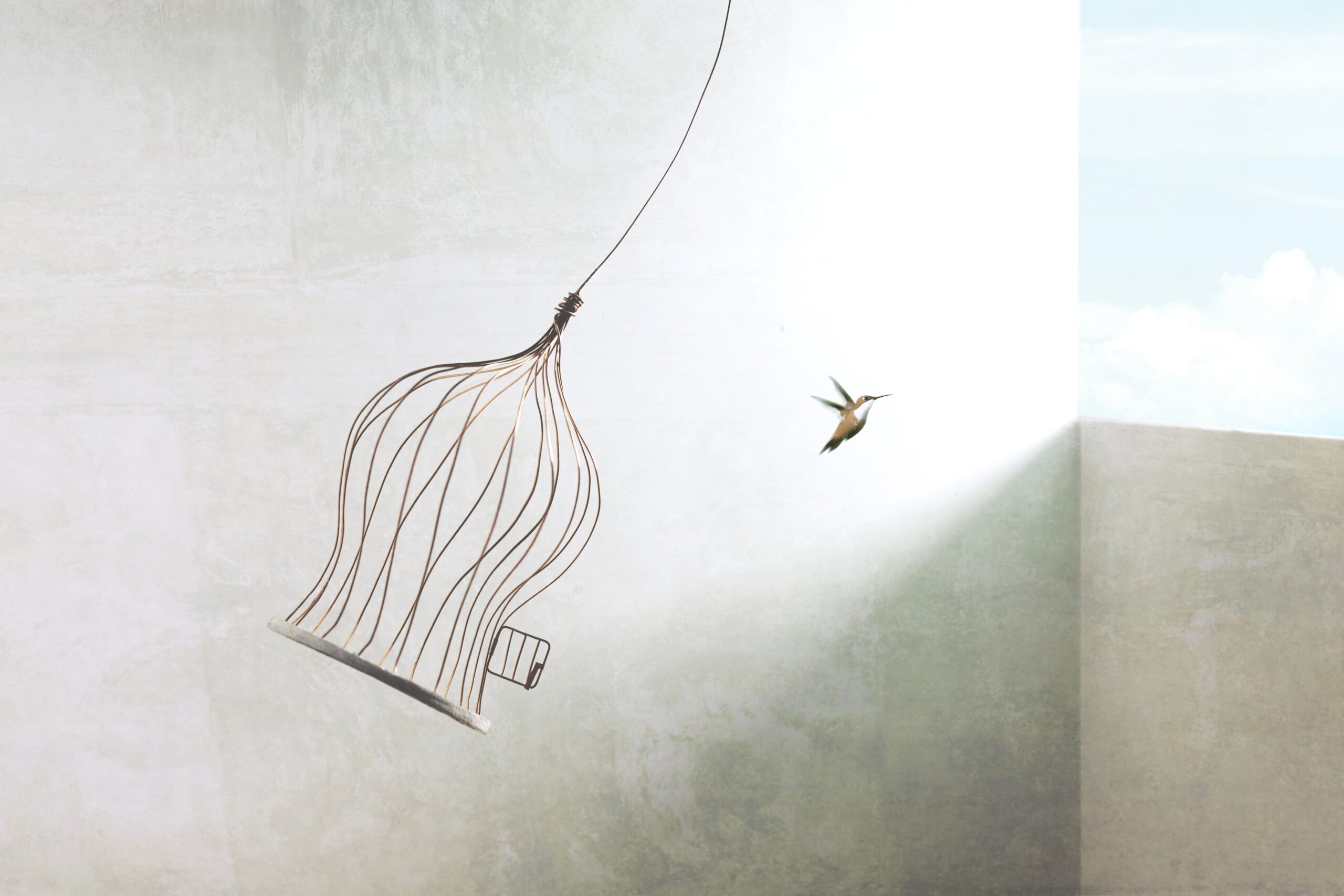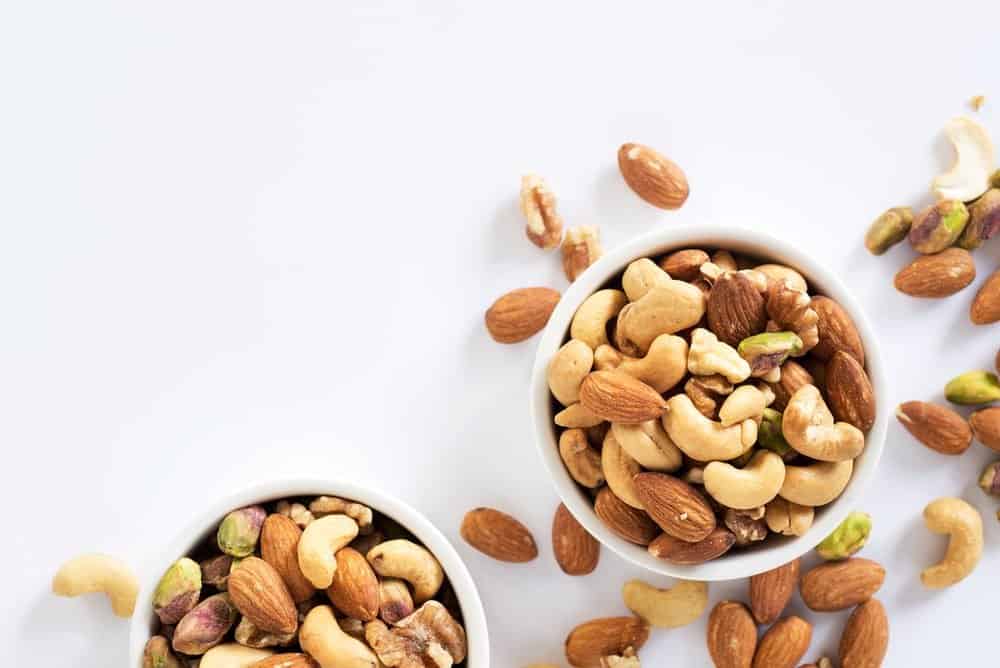A while ago, I would have considered myself a member of the MyFitnessPal elite.
I paid for a monthly premium subscription and had a streak of having logged in for 1155 days in a row.
1155 days – which equates to 165 weeks, 38 months, or quite simply three years.
Three years of measuring every morsel, barcode scanning, pre-planning, weight-tracking and consequently quantifying my sense of self-worth in grams and kilograms.
For three years my life was consumed with my own consumption. Sadly enough, my relationship with MyFitnessPal has been my longest and most toxic one.
What was initially a tool or convenient record to keep track of potential dietary intolerances became both a source of and a salve for extreme food-anxiety.
The danger of fitness trackers
With my hunger cues ignored, MyFitnessPal orchestrated and overrode my appetite. It was like the Matrix of mealtimes – except, let’s face it, I wouldn’t have taken the red or blue pill offered by Morpheus unless I could have tracked it.
A recent survey suggests that a majority of nutrition app or food diary users were influenced by their desire to lose weight and a number (despite being a healthy weight in many instances), and to a lesser degree wanted to become more aware of their daily intake (Eikey, E et al.2018, pp.1246-1247). Concerningly, of the 46 million individuals using health and fitness apps, 51.7% were women with MyFitnessPal being the most popular calorie, exercise and weight tracker (Eikey, E and Reddy, M 2017, p.642).
One can argue that this need to micromanage every morsel and step taken is further fuelled by advertisements and potentially well-meaning personal trainers who often endorse nutrition tracking apps and wearable fitness devices as a way to gain greater nutrition/ self-knowledge and control through a form of external measurement (Crawford, K et al. 2015, p.479).
However, externalising this form of self-knowledge acquisition ultimately disempowers us. We are left even more ill-informed, if not disassociated and detached from our bodies.
We come to rely on an externalised device or set of numerical codes to dictate our dietary intake or daily dose of movement or perhaps even our sense of self-worth. We are no longer the most authoritative source on ourselves (Ibid.)
A recent study assessed 105 individuals with diagnosed eating disorders and they found that 73% of participants perceived MyFitnessPal as contributing to their eating disorder and researchers found this correlated to eating disorder symptoms (Levison et al., 2017).
Yes, you now know the calorific value of a sweet potato and the amounts of macronutrients it contains off by heart, but you no longer know that it feels like to honour your hunger, feel your fullness, or engage in normative eating.
We instead engage in the perpetual cycle of what has been termed “normative discontent” – the pervasive “normalcy” of being perpetually discontent with one’s weight and body (Eikey, E and Reddy, M 2017, p.642).
You no longer know the luxury of licking a mound of peanut butter off a spoon.
You no longer know what it means to walk for pleasure as opposed to meeting an erroneous 10K step goal.
You no longer know what constitutes a step or movement. It’s akin to ‘if a tree falls in a forest and no one is around to hear it, does it make a sound?’ – if you don’t wear your tracker during exercise or the battery dies did you move enough?!
You no longer know what it means to rest – after all, your app works on a seven-day basis and your body should be just as inexhaustible for those seven days too.
While it can be argued that this loss of agency and bodily knowledge may contribute to disturbed eating patterns/ behaviours, the maintenance or manifestation of disordered eating, and compulsive/ counter-intuitive exercise; there is also evidence to suggest that how we engage with these apps is given to change over time in addition to our perception of them (i.e. where we all are on our journey towards optimal health, or weight-management etc) – which may trouble the traditional binary view of technology as a positive or negative influence (Eikey, E and Reddy, M 2017, p.642).
For instance, some women in eating-disorder recovery may have initially used apps, such as MyFitnessPal, as a means to restrict or allocate a certain amount of calories to binge eating episodes, may later be implemented to ensure an adequate amount of food is consumed while bodily cues are still discordant and hunger/ satiety signals may still be disregulated (Ibid, p. 643).
Ultimately, our relationship with these trackers, and ultimately ourselves, is the product of our perception – that is, whether they are being used as a supplement to treatment (e.g. gaining greater nutrition knowledge) or as means to quantify one’s own sense of self-worth based on whether certain metrics are met or not.
Take-aways from the research
So what can be discerned by tracking the trends in the use of nutrition and fitness apps?
- Fitness and nutrition tracking apps can be used as a tool to gain greater dietary and/or health insight
- Ultimately disempower us by disassociating us from own bodily needs based on quantifiable (and potentially non-applicable) metrics – e.g. the act of logging all food is the antithesis to intuitive eating
- Their impact on our mental health can be determined by the way we approach the use of the app
If you’re keen to re-learn the language of your own hunger and body’s needs, email at [email protected] . We would love to help you find your way back into your own skin!
Charlotte Munro, BSc
EHL Team x
References
Crawford, K et al. (2015) ‘Our Metrics, Ourselves: A Hundred Years of Self-tracking From the Weight Scales to the Wrist Wearable Device’, European Journal of Cultural Studies, 18(4), pp. 479 – 496. doi: 10.1177/1367549415584857
Eikey, E and Reddy, M (2017) ‘It’s Definitely Been a Journey”: A Qualitative Study on How Women with Eating Disorders Use Weight Loss Apps’, CHI Conference on Human Factors in Computing Systems, pp. 642-652. doi: 10.1145/3025453.3025591
Eikey, E et al. (2018) ‘The Use of General Health Apps Among Users with Specific Conditions: Why College Women with Disordered Eating Adopt Food Diary Apps’, AMIA Annual Symposium Proceedings, pp.1243 – 1252
Levinson, CA., Fewell L and Brosof, LC (2017) ‘My Fitness Pal Calorie Tracker Usage in the Eating Disorders’ Eating Behaviours, pp.14-16. doi: 10.1016/j.eatbeh.2017.08.003














